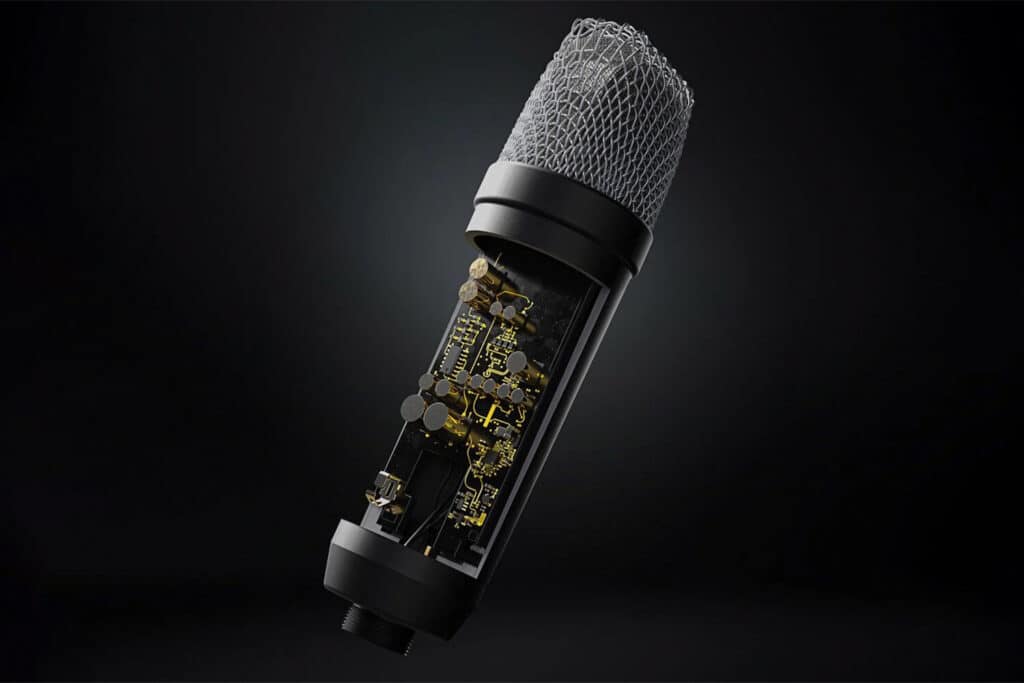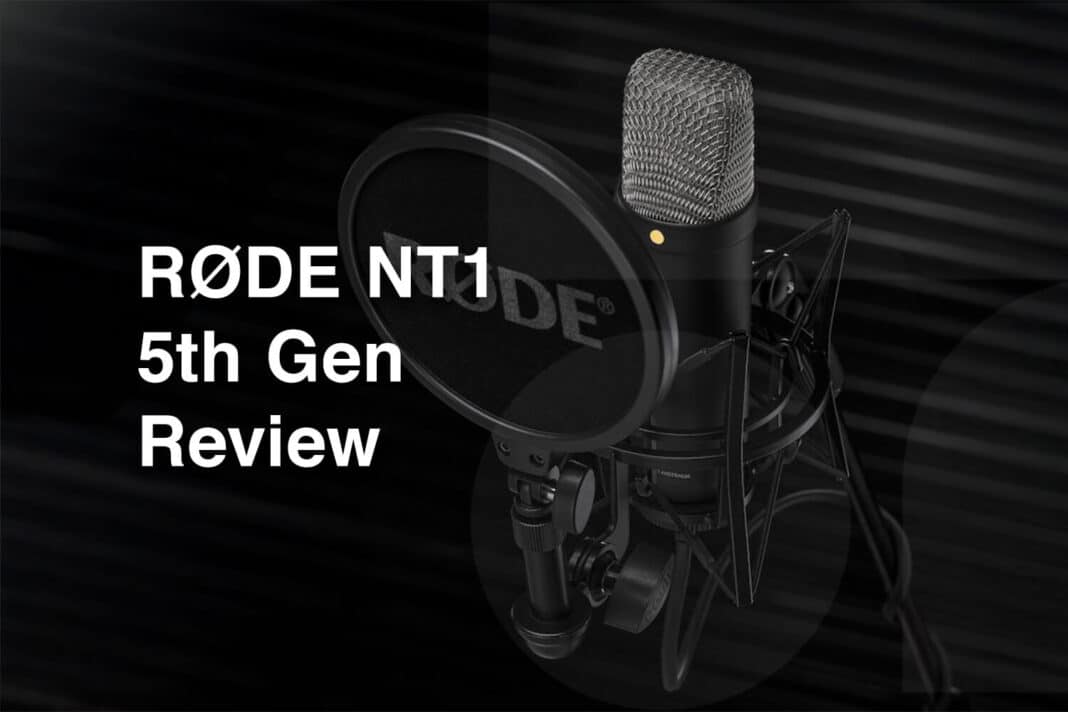The RØDE NT1 series has been a staple in home and professional studios for years, offering high-quality sound at an affordable price. With the release of the RØDE NT1 5th Gen, the company promises even more improvements, including dual connectivity (XLR & USB), 32-bit float recording, and ultra-low noise performance.
But does this upgrade make it the ultimate microphone for home studios? Here at House Nest, we put it to the test to see if it lives up to the hype.
Key Features of the RØDE NT1 5th Gen
The NT1 5th Gen builds on its predecessor’s success while introducing game-changing features for modern producers and content creators. Here’s what stands out:
- Dual XLR & USB Output – Use it as a traditional studio mic or plug it directly into your computer.
- 32-Bit Float Recording – Virtually eliminates clipping, making it easier to capture perfect takes.
- Ultra-Low Noise (4dBA) – One of the quietest studio mics available.
- RØDE Connect & DSP Processing – Built-in processing for compression, EQ, and noise reduction.
- Durable Build – Aluminum construction ensures longevity.
With these features, the NT1 5th Gen aims to bridge the gap between traditional and modern studio setups.
Read this next: Akai MPC One+ Review: The Best Standalone Groovebox Yet?
Sound Quality: Clean, Detailed, and Professional
Crystal-Clear Vocals
The NT1 5th Gen delivers rich, warm vocals with exceptional clarity, making it ideal for singers, rappers, and voice-over artists. The extended frequency response (20Hz – 20kHz) ensures accurate sound reproduction.
Low Noise = Pro-Level Recording
With a self-noise level of just 4dBA, this is one of the quietest large-diaphragm condenser mics available—perfect for clean vocal recordings with no background hiss.
32-Bit Float Recording: No More Clipping
One of the biggest innovations is 32-bit float recording, which eliminates the risk of clipping or distortion. Whether you record too soft or too loud, you can adjust levels in post-production without losing quality.
Verdict: Studio-grade sound with a pro-level recording format. Ideal for vocals, instruments, and spoken-word recordings.

Connectivity: A True Hybrid Mic
The RØDE NT1 5th Gen offers dual connectivity, a feature rarely seen in studio condenser mics.
- XLR Mode – Traditional connection for audio interfaces and professional setups.
- USB Mode – Direct plug-and-play connection to a computer for hassle-free recording.
When using USB mode, you also get access to RØDE Connect software, which includes built-in compression, EQ, and noise reduction—essentially giving you a virtual audio interface inside the mic.
Verdict: A dream mic for both beginners and professionals. The USB option makes it ultra-convenient, while XLR maintains pro-level flexibility.
Read this next: Arturia MiniFreak 3.0 Update: The Granular Synthesis Revolution
Pros & Cons
Pros:
- Exceptional sound quality – Perfect for vocals and instruments.
- 32-bit float recording – No risk of clipping.
- Ultra-low noise (4dBA) – Cleaner recordings.
- Dual XLR & USB output – Works in any setup.
- Built-in DSP processing – No need for expensive plugins.
Cons:
- No multiple polar patterns – Strictly a cardioid mic.
- USB mode lacks gain control – You’ll need software adjustments.
- Higher price than older NT1 models – But justified with new features.
Final Verdict: Is the RØDE NT1 5th Gen Worth It?
If you want studio-quality recordings with modern features, the RØDE NT1 5th Gen is a fantastic investment. The USB/XLR hybrid design, 32-bit float recording, and ultra-low noise performance make it one of the best home studio mics on the market.
At $249, it’s not the cheapest condenser mic, but its value far exceeds its price.
Rating: 4.8/5 – Highly Recommended
Would you upgrade to the RØDE NT1 5th Gen? Let us know in the comments!




